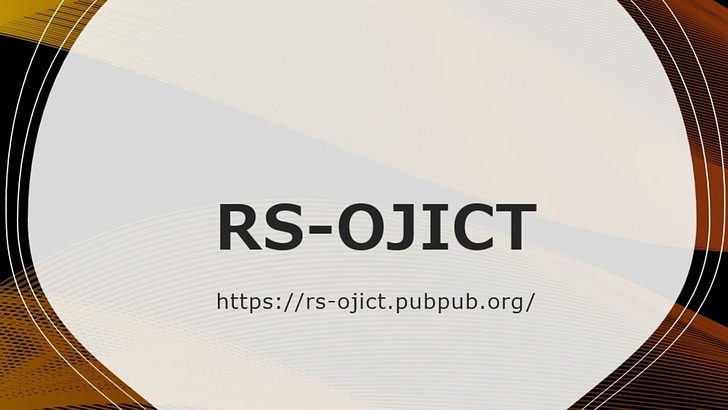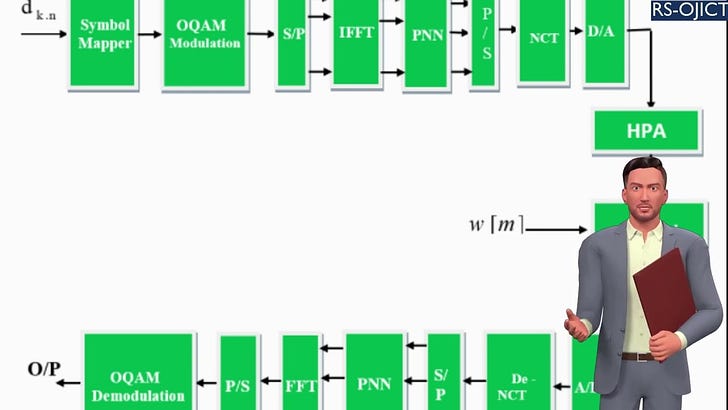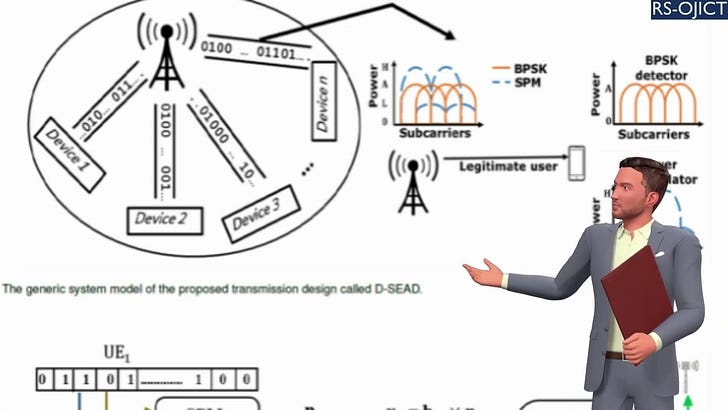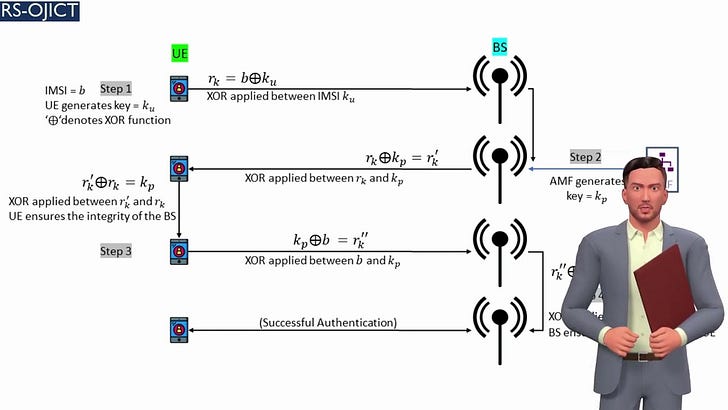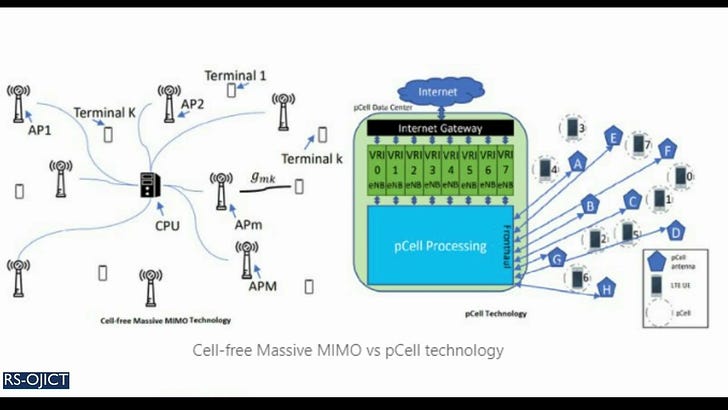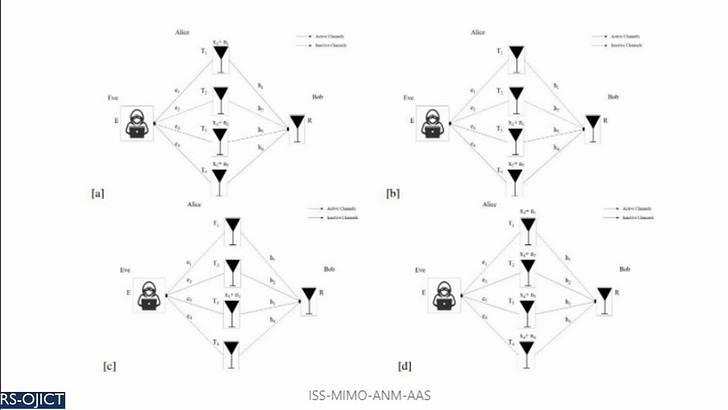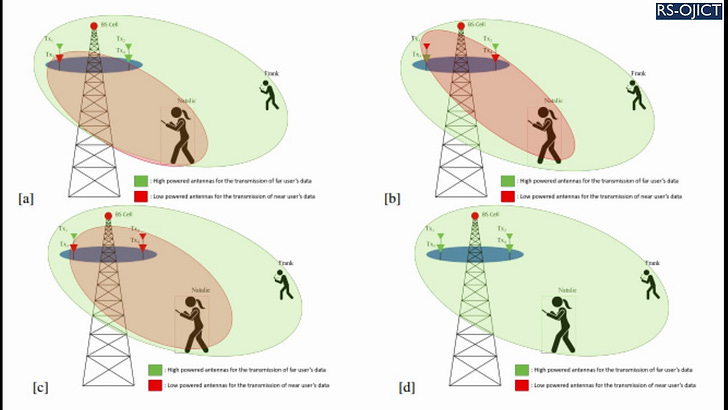On the Performance of MIMO-ANM with Joint Adaptive Transmit Antenna Selection and Maximum Ratio Combination in Future 6G Networks
This work aims to deeply investigate and quantify the performance of a very strong candidate technique for meeting the ultra-reliability requirement of 6G, namely MIMO-ANM, under the joint simultaneous utilization of both Transmit Antenna Selection and Maximum Ratio Combination.
Summary: Multiple Input Multiple Output with Antenna Number Modulation (MIMO-ANM) has recently been introduced to the literature as an effective, competitive, and reliable transmission technology that can make the selection of antennas at the transmitter to be not just data-dependent as is the case with other spatial modulation methods, but also channel-dependent without the need to share any side information between the communicating parties. This key merit results in having much more improved performance in terms of reliability compared to index/spatial modulation-based transmission techniques, thus making it a very strong candidate technique for meeting the super ultra-reliability requirements of future 6G networks. Motivated by the great potential of MIMO-ANM and the need to study it in more depth to realize its suitability for future wireless networks such as 5G+, 6G, WiFi7, and WiFi8, this work aims to deeply investigate and quantify the performance of MIMO-ANM under the joint, simultaneous utilization of both Adaptive Transmit Antenna Selection (AAS) and Maximum Ratio Combination (MRC). The conducted mathematical analysis of the considered system model is verified by extensive numerical simulation results, which have precisely revealed the exact levels of gains in the bit error rate (BER) performance compared to a conventional MIMO-ANM system not adopting AAS with MRC. Such promising results are anticipated to greatly combat fading in wireless channels and improve the overall performance of future MIMO-ANM-based systems.
Article PDF:https://rs-ojict.pubpub.org/pub/pekynk3u/release/1?readingCollection=cd5de46d
Simulation CODE: https://researcherstore.com/product/mimo-anm-with-joint-adaptive-transmit-antenna-selection-and-maximum-ratio-combining/
Improve your professional and technical skills at:https://researcherstore.com/courses/


